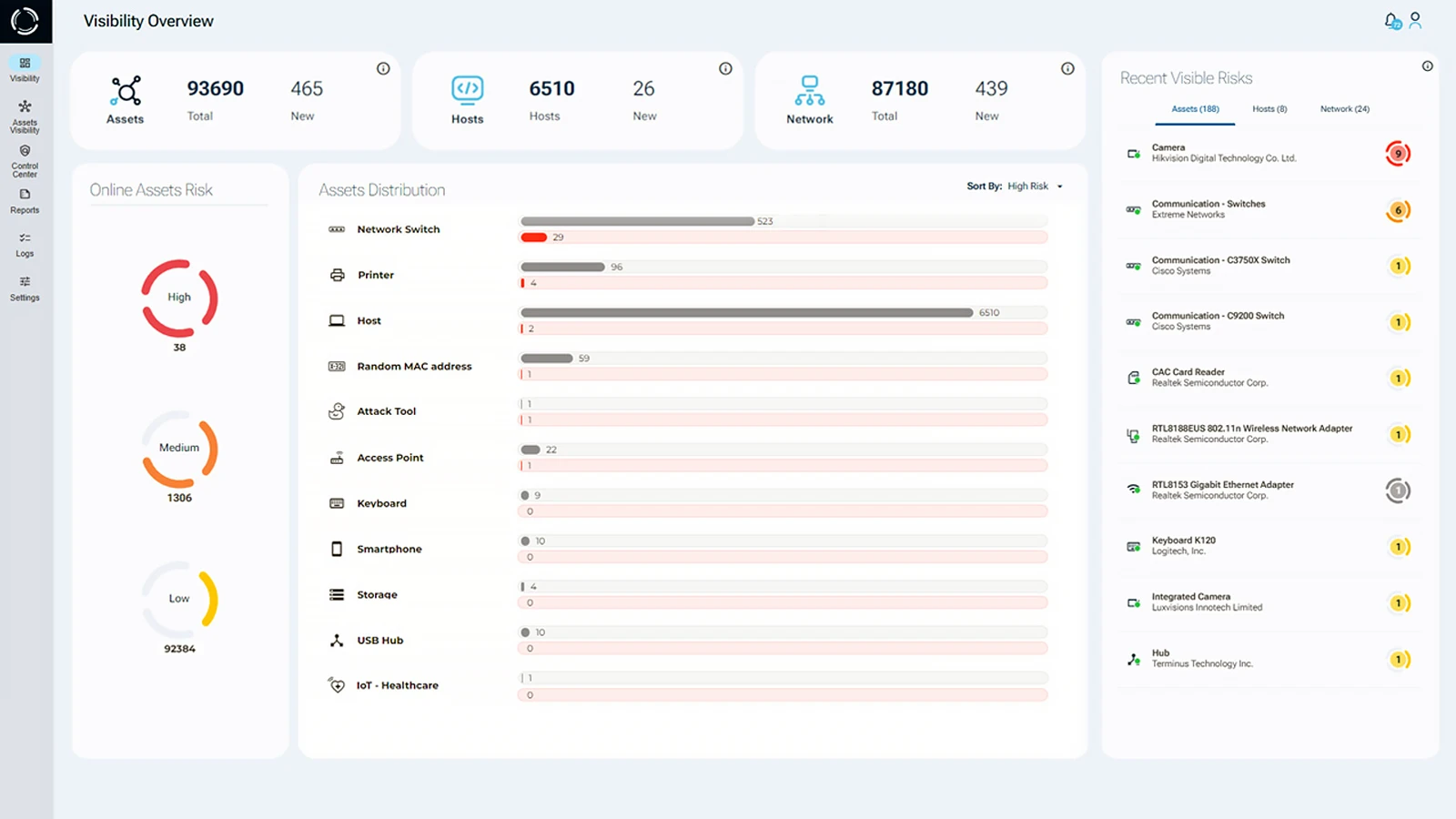What is a Rogue Access Point?
Rogue access points (AP) are unauthorized Wi-Fi access points on a network installed without explicit authorization from the network administrator. They are a significant security concern for any organization with a Wi-Fi network. These unauthorized access points can be set up by malicious actors either within the physical premises or remotely. They often mimic legitimate access points to deceive users into connecting to them. Once connected, these rogue access points can intercept data traffic. Potentially capturing sensitive data such as login credentials, financial, or proprietary information. Moreover, they can serve as entry points for further cyberattacks. Such as launching man-in-the-middle attacks or spreading malware within the network.
Evil Twin Attacks and Rogue Access Points
In an Evil Twin attack, a malicious actor creates a rogue access point, that mimic a legitimate access point by perfectly spoofing its SSID and BSSID (MAC address). To have users connect to it, the rogue access point will send stronger signals than the legitimate access point. Or shut down the legitimate access point and replace it. Unknowingly connected to the rogue access point, the user’s traffic is now exposed to the adversary. This allows further malicious activity. A perpetrator can perform interception, traffic manipulation and Man-in-the-Middle Attack (MITM Attack) to hijack the session and access sensitive data. Evil Twin attacks might even provide the perpetrator with complete control over the entire network.
Detecting and mitigating rogue access points requires a multi-faceted approach, including regular network monitoring, strong authentication mechanisms, and endpoint security solutions. Employee education and awareness training can help prevent users from inadvertently connecting to rogue access points.
The Relationship Between Wi-Fi Networks, IoT Devices, and Rogue Access Points
Wi-Fi networks and IoT (Internet of Things) devices are increasingly intertwined. Especially in environments like healthcare, smart homes, industrial settings, and retail spaces. For example, in a hospital scenario, the presence of rogue access points and fake Wi-Fi networks can be especially concerning due to the sensitive nature of the data transmitted over hospital networks. Unsuspecting users then connect to this malicious network, believing it to be the genuine one. Once connected, attackers can intercept sensitive data, such as patient information, medical records, and other confidential data transmitted over the network.
The increasing reliance of healthcare organizations on technology further exacerbates the risk posed by rogue access. With the proliferation of connected medical devices, electronic health records, and telemedicine platforms, there are more entry points for attackers to exploit. Additionally, the vast amount of sensitive data in this sector presents an enticing target for malicious actors (IoT in Healthcare Devices).
Internet-Connected Devices and Wi-Fi Networks
Research by Zingbox found that there is an average of 10-15 connected medical devices per hospital bed (82% of healthcare organizations have experienced an cyberattack). The importance of internet connected devices within the healthcare industry has meant that wireless networks are a fundamental component.

According to Aruba Networks Product Marketing Manager Rick Reid, “In a healthcare setting, the network must extremely reliable because it’s literally life or death… Once a hospital moves to that critical communication method you make sure it works in the stairwell, and it works in the hallways. You can’t have any dead spots.” This heavy reliance calls for a very complex, interconnected Wi-Fi infrastructure to ensure access is available everywhere. However, health delivery organizations (HDO) tend to have expansive facilities. Ensuring coverage over the entire area can be a challenge. Gaps in coverage provide space for rogue access points, configured with the same SSID and BSSID as the legitimate access point. Appearing genuine, users and devices will not hesitate to connect to the rogue access point since it is sending stronger signals.

An Evil Twin attack involves creating rogue access points, unauthorized wireless access points designed to mimic legitimate ones. To successfully execute an Evil Twin attack, the rogue access point needs to be in relatively close proximity to the target network. So that the rogue access point gets detected. HDOs are open to all members of the public, meaning the perpetrator can easily achieve this. Importantly, gaining control over the network is simpler when the network is public. As is the case in many HDOs’ infrastructure. Even with a password restriction, organizations typically display the relevant credentials openly to facilitate easy access for patients and visitors.
How to Protect Against Rogue Access Points
Protecting against rogue access points is crucial for maintaining the security of your network. Sepio’s offers a robust defense against the threat of rogue devices. Sepio identifies all devices operating within the enterprise’s environment. Including MAC-spoofed devices which otherwise go undetected. Policy enforcement mechanism allows instantly detect suspicious connections and trigger a mitigation process through integrated Network Access Control products.
Regular security assessments and audits of the network can reveal potential vulnerabilities and areas that need strengthening. Furthermore, employing Sepio platform can enhance detection capabilities and provide real-time alerts when unauthorized access points appear on the network.

In conclusion, we cannot overstate the threats that rogue access points pose. With the increasing reliance on technology and connectivity, organizations must remain vigilant in their cybersecurity efforts. By implementing robust security measures, fostering a culture of awareness, and staying informed about the latest threats and mitigation strategies, businesses can protect themselves from the dangers of rogue access points and ensure the integrity of their networks.
See every known and shadow asset. Prioritize and mitigate risks.
Talk to an expert. It will help you understand how to use Sepio’s patented technology to gain control of your asset risks.






